You’ve probably seen a few classy vehicles on the highway and your fair share of run-down numbers that leave you shaking your head. You probably want a car that has staying power, not one that will stay in the garage because you’re too embarrassed to take it for a spin. The automotive experts at Edmunds.com compiled a list of the 50 worst cars. They based their rankings on the cars’ features, durability and their negative impact on American car culture.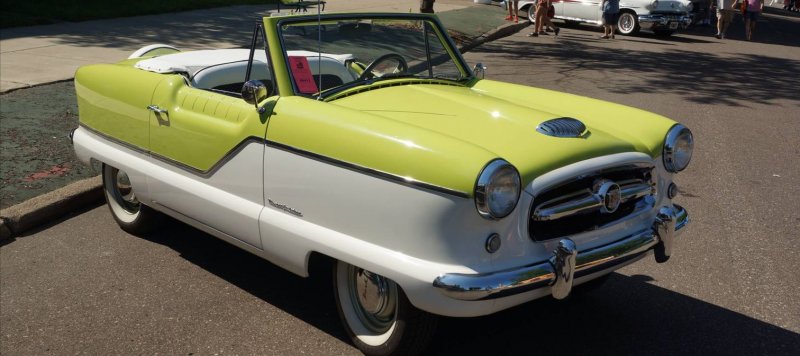
Advertisements
Here are the 30 worst cars of all time as ranked by Edmunds.
30. 2002 GEM
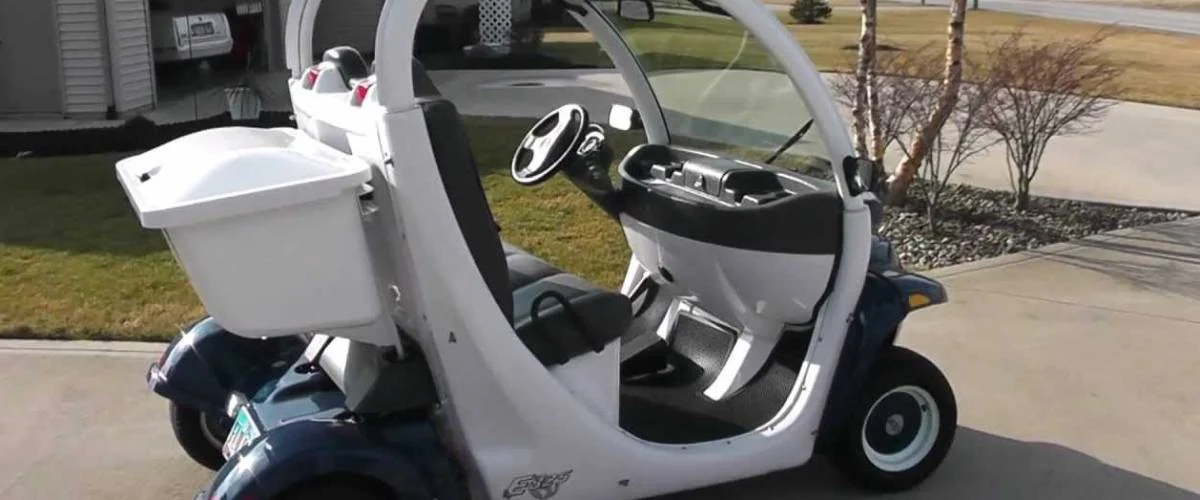
Honestly, calling this vehicle a finished product is a bit of a stretch. Created by Global Electric Motorcars of Michigan, this low-speed electric car has no doors, flaps or protection on the sides.
It’s essentially a street-legal version of a golf cart that’s better suited for the 18th hole at Augusta than a busy highway. It comes in two- or four-seater editions that don’t have any safety ratings, and its top speed is 25 miles per hour. Imagine being stuck behind this anomaly in traffic. You wouldn’t live it down.
The vehicle was initially adapted for utilitarian and commercial use but never really caught on in terms of popularity.
29. 1970 Triumph Stag
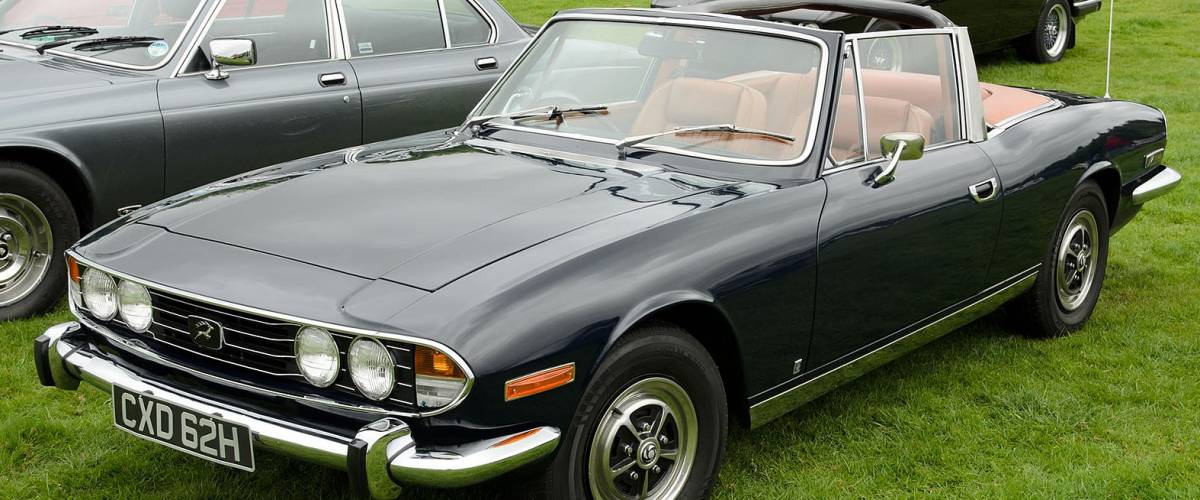
The big letdown with this vehicle was the Triumph V8. The 3.0-liter engine was a monstrosity, failing to confine combustion internally. Additionally, timing chains broke, aluminum heads were constantly warped and its main bearings seized at a moment’s notice.
The body of this open-top vintage number included a T-bar that was used to merge the roll hoop to the windscreen. The windows were encased in chrome.
While its look was relatively classy, it was done in by shoddy engineering. It was fun to drive, but you didn’t know how long that drive would last.
While it was considered to have innovative features at the time, it’s easy to see why it became outdated quickly.
28. 1950 Crosley Hotshot
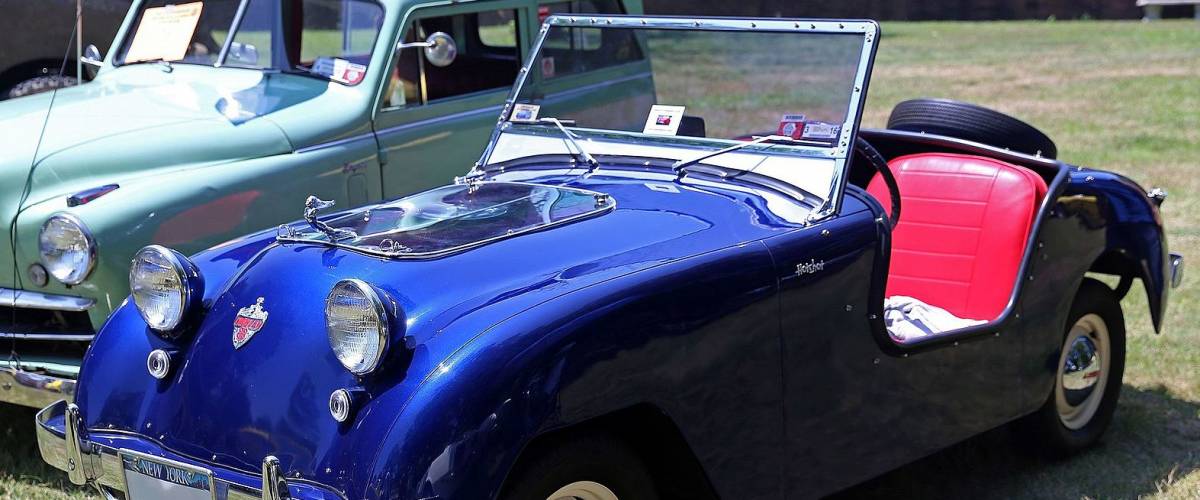
The name of this car was a hit, but the car itself wasn’t. Its 750cc engine was the pain point, as its block was welded together rather than cast.
The vehicle weighed more than 1,100 pounds but was just 145 inches long, making for a tiny, pudgy aesthetic. Considering it was built by a radio manufacturer, it may have been wise for buyers to keep expectations low. The high speed was 50 mph.
The vehicle simply never resonated with buyers. In 1952, just three years after it was created, Crosley discontinued the Hotshot.
27. 1971 Plymouth Cricket
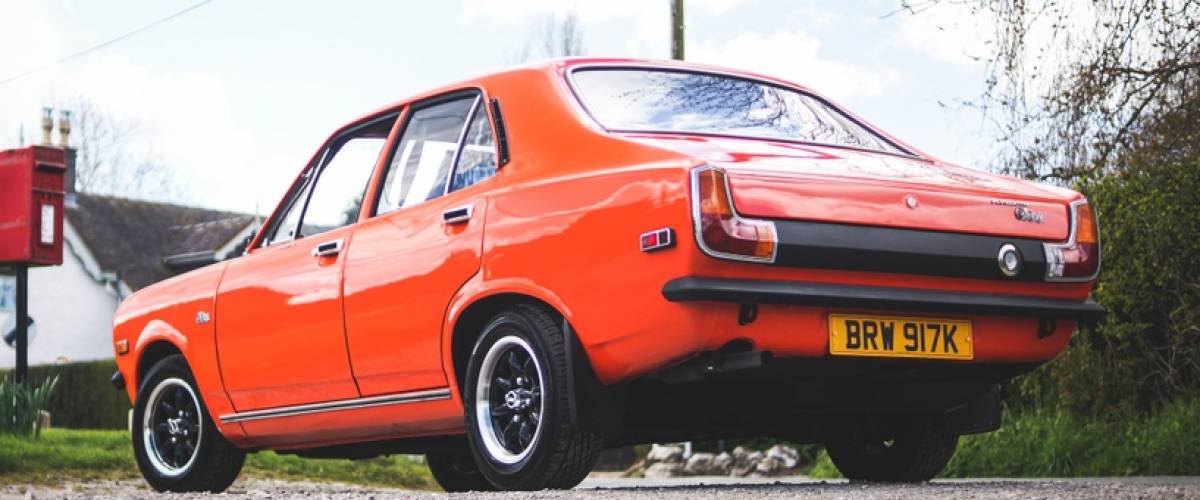
Plymouth’s response to the Chevy Vega and the Ford Pinto, this number mirrored Britain’s Hillman Avenger and tended to self-destruct without warning. It had a 1250cc engine and automatic transmission that lacked inspiration.
This subcompact automobile had a respectable color range and suitable design for the time, including a quad headlight grille. But the Plymouth Cricket lasted only two years and had little to justify its existence.
26. 1954 Nash Metropolitan
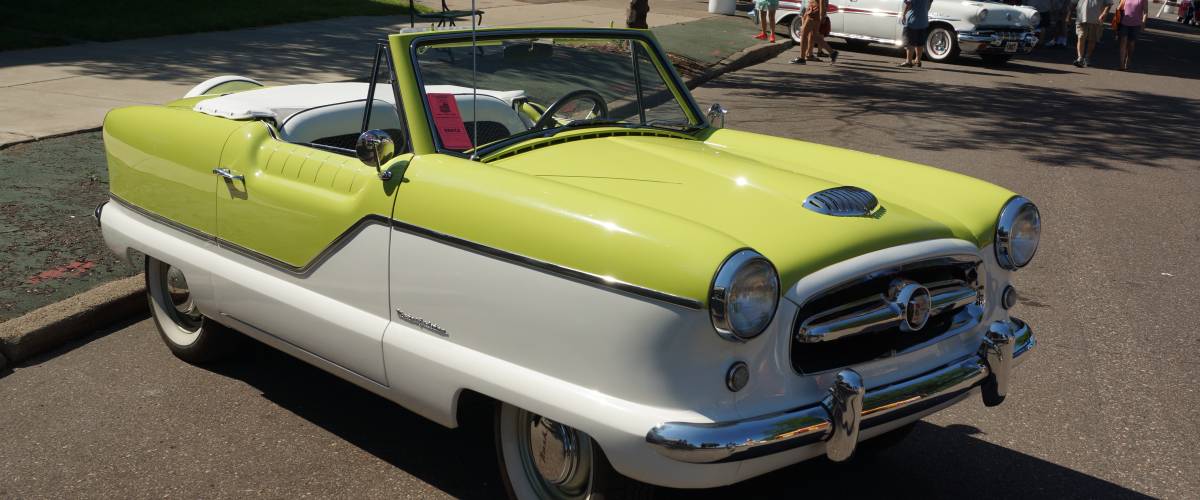
This vehicle’s 1.2-liter engine was a saving grace considering its flimsy design features. It ran well on low-quality gasoline, but it was not a trustworthy offering for drivers trying to manage corners.
The design was created in Wisconsin and built in Britain. Available in red and primer-based finishes, it looked glossy. But without the requisite power behind it, the design mattered little.
It is often referenced as America’s first subcompact vehicle. The Metropolitan lasted until 1962.
25. 1977 Lincoln Versailles
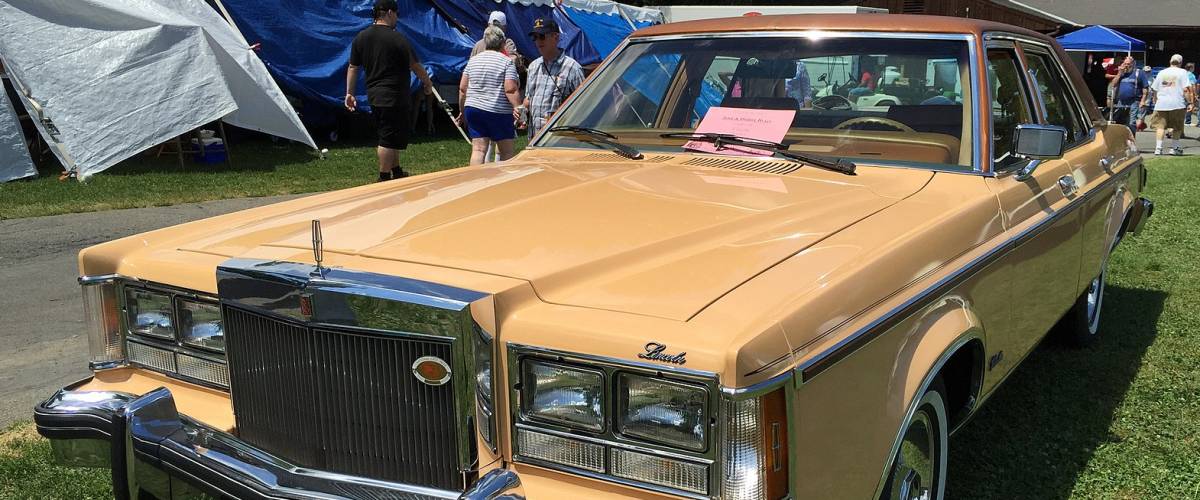
This vehicle was Ford’s first foray into compact luxury vehicles, launched in response to the Cadillac Seville. What buyers got, however, was a disguised Granada with a Continental bump and a Mark IV grille.
It sorely lacked design ingenuity and sophistication with a more humble interior, thick padding at the top and two-tone paint. It was easy to tell what Ford manufacturers were doing.
Just 15,000 Versailles were sold in its first year, and by 1980 production ceased.
24. 1976 Dodge Aspen/Plymouth Volare
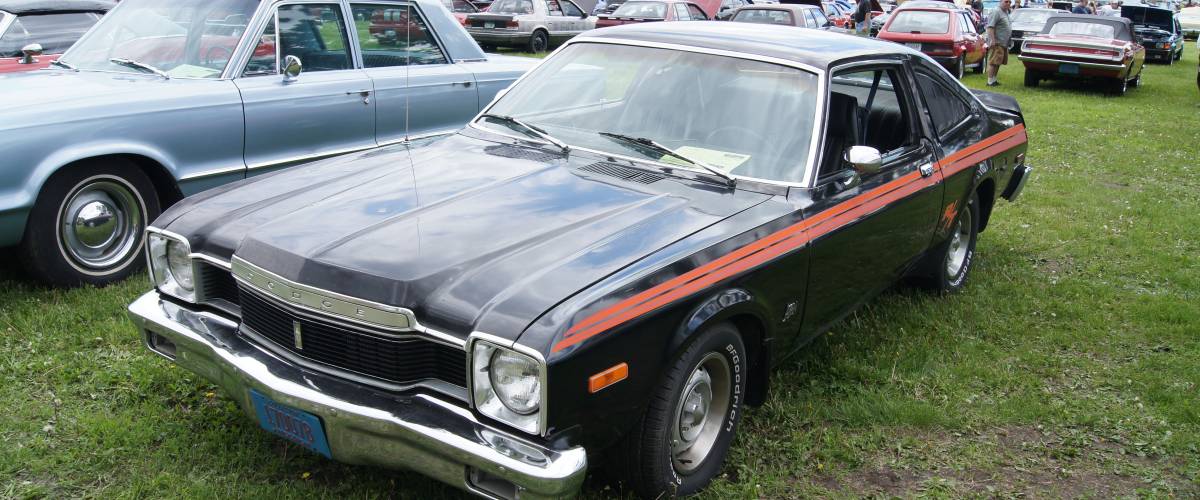
Introduced by Chrysler during a disastrous financial period, these vehicles were the most recalled vehicles on record at one point.
Among the culprits were loose hoods, engines with faulty acceleration, brake components that quickly experienced fatigue and faulty seat belt tensioners.
While its aerodynamic interior features and the roundness of its design, the vehicle was savvy. But, it also was a rust magnet.
That said, these compacts were voted MotorTrend’s Car of the Year in 1976 and were quite popular.
23. 2007 Chevrolet Malibu Maxx SS
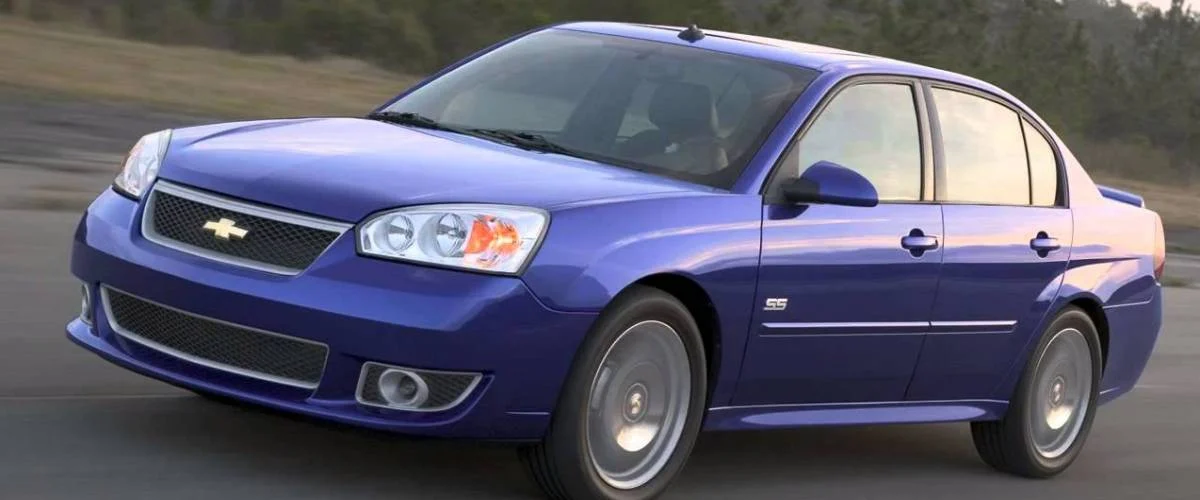
Powered by a 3.9-liter, V-6 engine, this sedan/station wagon hybrid had its share of downsides, including a lack of flexibility with steering, questionable braking and no manual gearbox.
While it’s not ugly by any means, this Chevrolet has a bland design, particularly the interior. The style and utility are lacking, even though it offers a fair bit of cargo space with a straightforward, functional layout.
The vehicle is best known for its safety ratings, thanks to its multiple airbags. Additionally, it features four-wheel antilock brakes. But if you’re big on style and control, there’s not much to see here.
22. 1990 Infiniti M30 Convertible
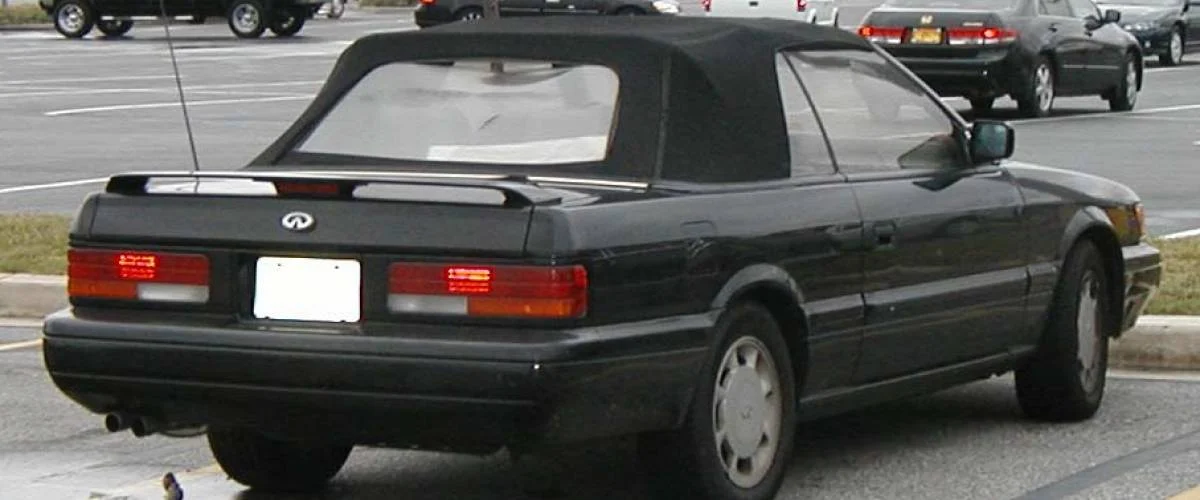
This Nissan performance vehicle suffered from the Sonar suspension that it borrowed from its Maxima model. While this system contained sensory technology to read road surfaces, it was far from ideal. The drivetrain also left a lot to be desired.
This is the American version of the Nissan Leopard in Japan. It was a near-luxury car with few luxurious features.
Stylewise, the two-door coupe lacked space, particularly for cargo and in the rear seats. Angular styling and a restricted cockpit did not provide comfort.
21. 1996 Ford Taurus
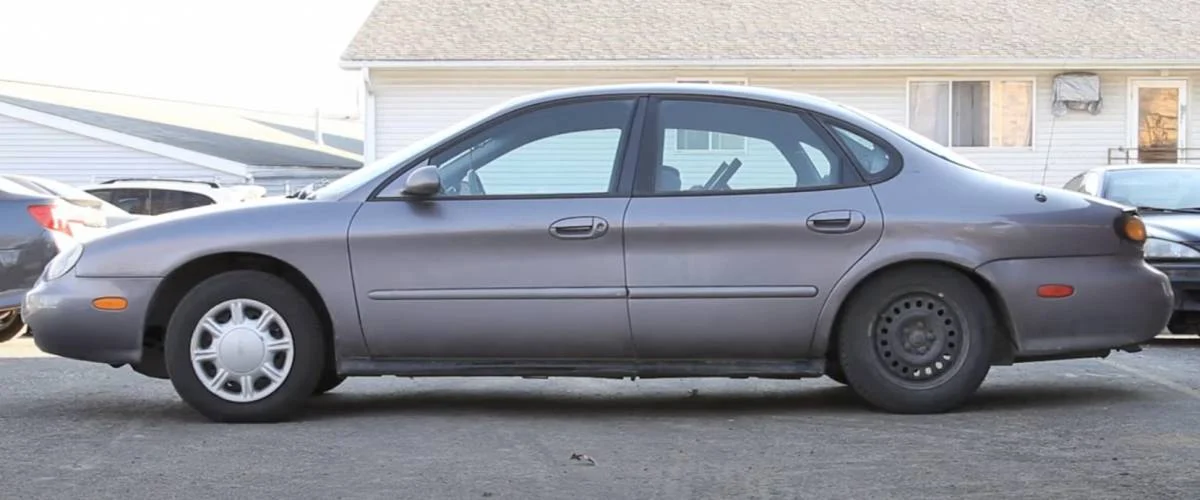
Ford went bold with this remake of the Taurus, but it went bust real quick. Its 12-valve Vulcan V6 engine didn’t align the way that its predecessor did. The 24-valve Duratec was even costlier for Ford manufacturers and didn’t generate satisfactory speeds.
The overall design was needlessly elaborate. It swung for the fences, from a rear oval window to an integrated control panel to the fish-looking exterior. It struck out massively.
Car enthusiasts were hesitant to purchase because of its costly features, with more than half of dealers’ sales restricted to the fleets. Once that happened, Ford’s reputation in the sedan market plummeted.
20. 1987 Cadillac Allante
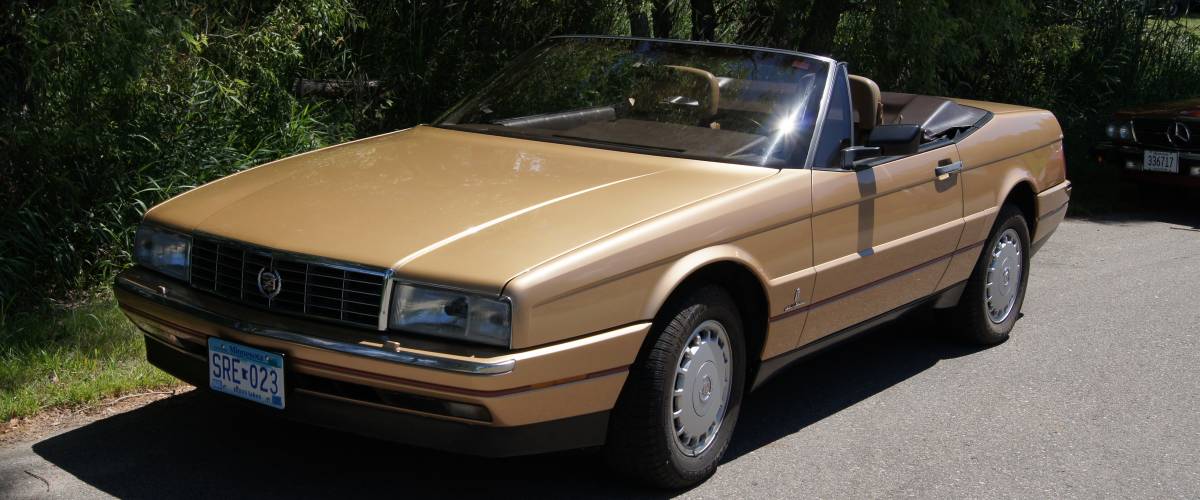
Fitted with 170 horsepower, this was Cadillac’s supposedly bold response to Mercedes’ and Jaguar’s rise in the two-seater market. The result was a front-drive roadster that was ridiculously expensive thanks to its body being built in Italy. The drivetrain was built in the United States.
From a design perspective, it lacked any sporty qualities, something that’s necessary if you’re going to charge exorbitant prices.
Despite credible antilock features and handling, the Allante got a lot of pushback for its cost. It came with a price tag of $54,700 according to a classic car auction site Hemmings. In comparison, the base Cadillac Eldorado Coupe at that time started at $23,740.
19. 1978 Fiat Strada/Ritmo
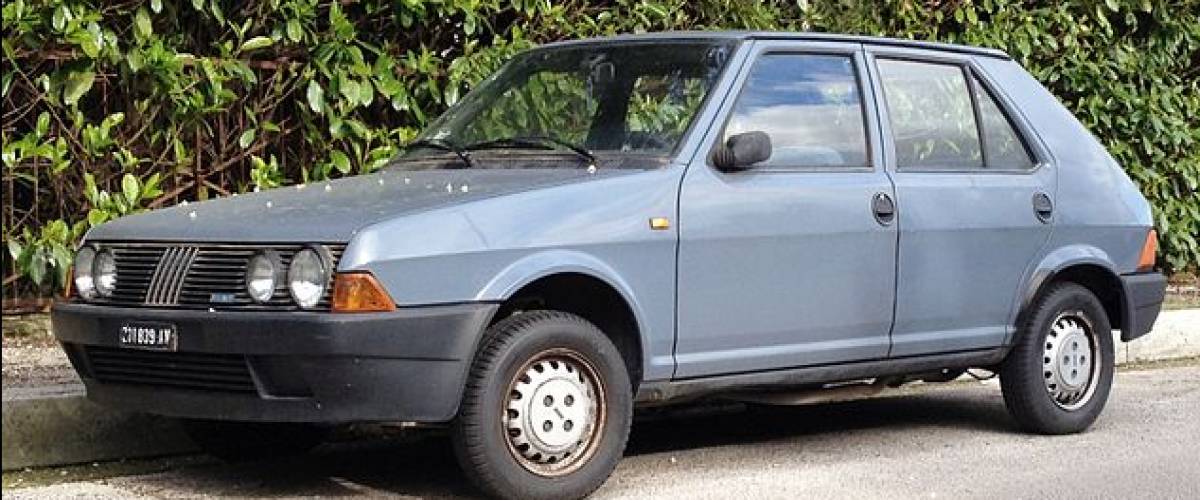
This hatchback was received so poorly that Fiat exited the U.S. market for nearly three decades, starting in 1983, according to Edmunds. Imprecise and heavy steering, as well as underwhelming engines, may have had something to do with that.
The design of this front-drive subcompact was wonky and unconventional, to say the least. Outside of its native Spain and Italy, the Strada/Ritmo failed to sell, as American and British markets didn't bite.
18. 1975 AMC Pacer
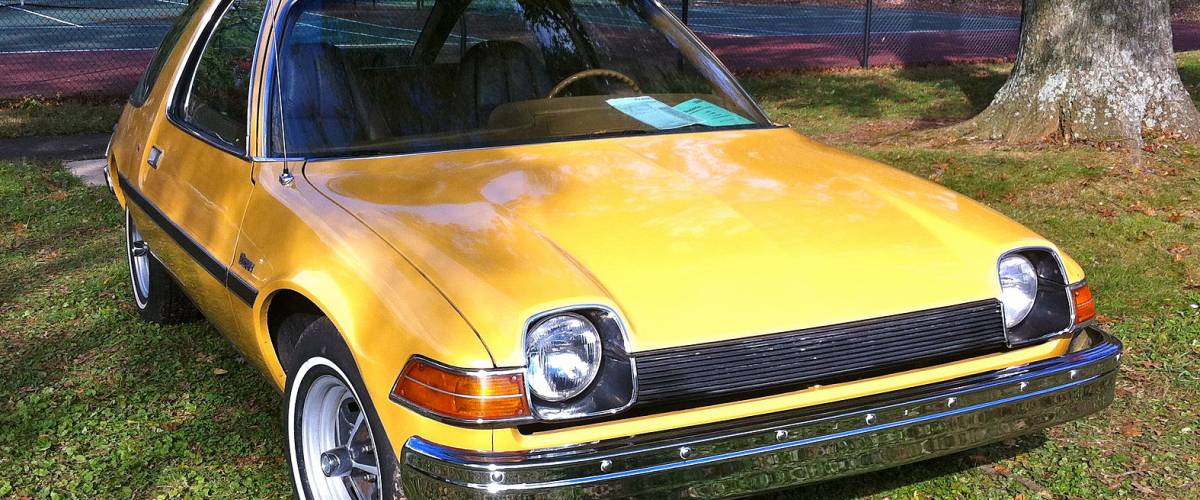
The AMC Pacer’s archaic and simplistic drivetrain was one good reason to avoid this vehicle, which offered very little convenience to drivers, not even air conditioning.
This small AMC model has been cited as one of the worst-designed vehicles of its era, with a quirky, wide body dubbed “The Flying Fishbowl.”
The two-door compact lasted only until 1980.
17. 2011 Aston Martin Cygnet
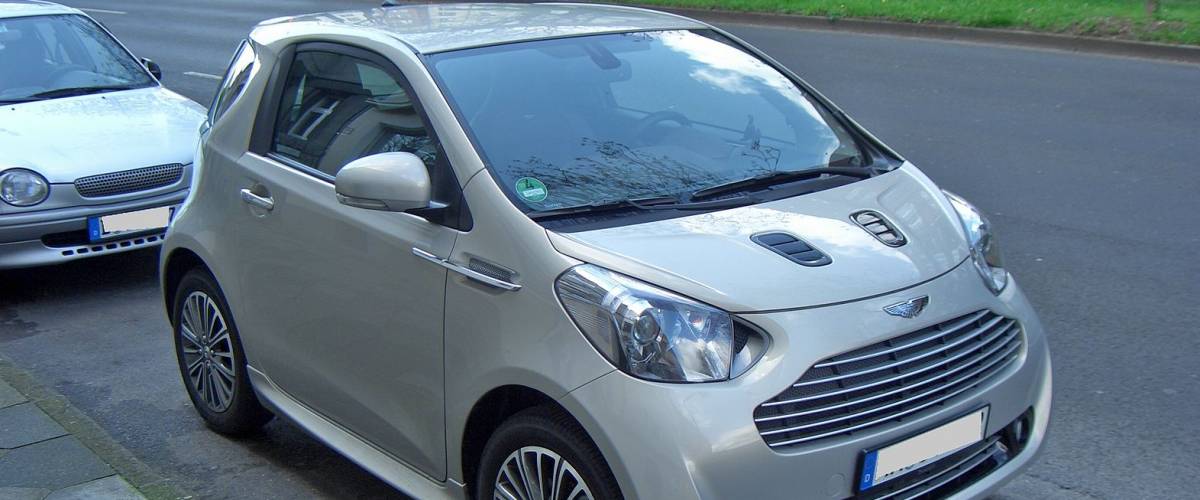
Possessing a 1.33-liter VVT engine, the Aston Martin Cygnet was supposed to be a modern luxury solution to urban mobility. It’s safe to say that this restyled Toyota iQ was too expensive and lacking in prime features to be taken seriously.
Aston created it in an attempt to meet fleet emission standards set by the European Union. Unfortunately, there was little uniqueness to it, aside from its extruded aluminum grille.
The Cygnet is the smallest Aston Martin vehicle ever made and the slowest in modern times, topping out at 106 mph. The model lasted two years before disappearing.
16. 1982 Renault Fuego
Sponsored Links
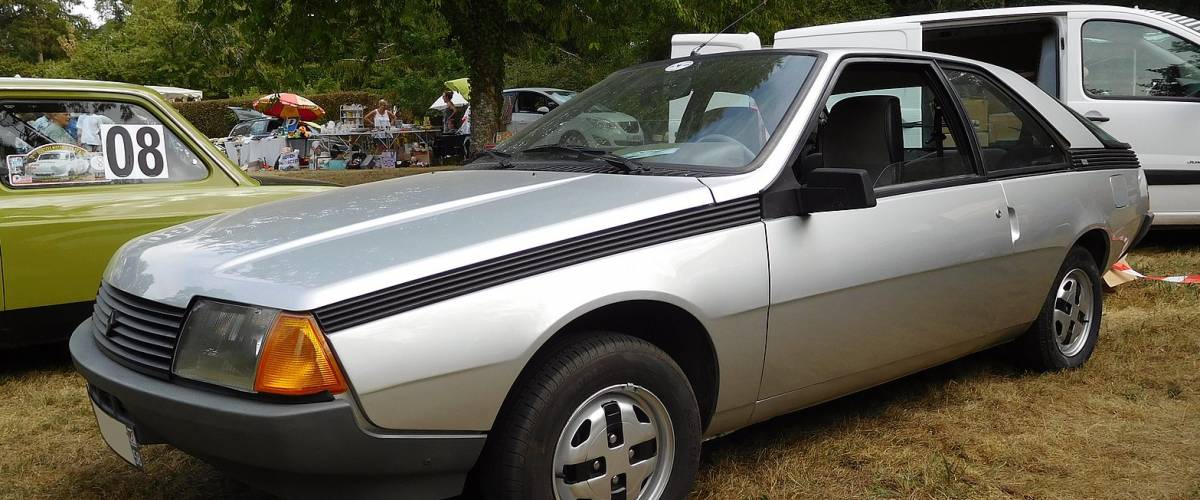
This vehicle was both fragile and dangerous, a terrible combination. With a questionable front-wheel drive and parts that rusted quickly, it never really stood a chance. Drivers would also be minding the road while the steering wheel popped out, leading to recalls.
Plus, the Fuego occasionally lived up to its name (Spanish for “fire”) thanks to random electrical fires that also triggered recalls. If your car can’t guarantee safety, there’s no sense in making it.
15. 1971 Ford Pinto
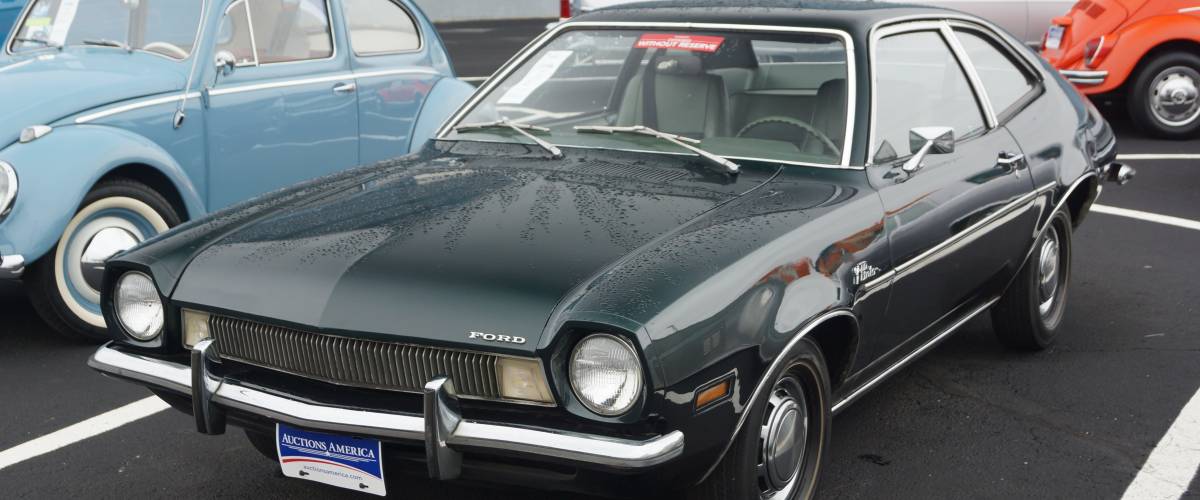
A lack of safety doomed the Pinto’s credibility, with its rear-mounted fuel tank to blame. In many instances the car erupted into flame in rear-end collisions.
As a result, Ford paid out around $50 million in lawsuits, and the Pinto garnered a bad reputation. A decent-looking vehicle, but, again, what’s the point if it isn’t safe?
14. 1989 Chrysler TC by Maserati
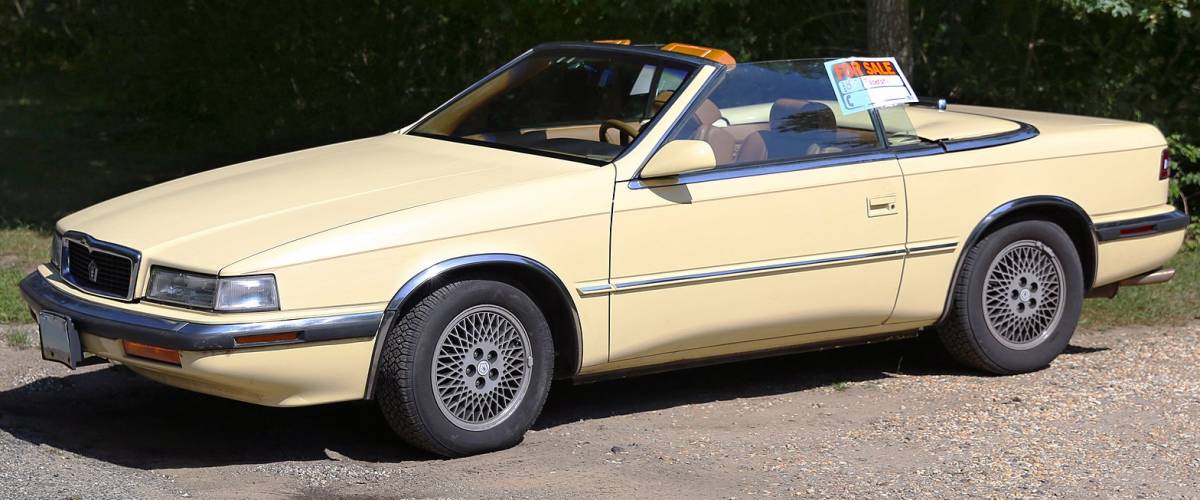
Built using front-drive K-car bits and a detuned, turbocharged engine, the two-seat drop-top TC (Total Convertible) was branded “Too Costly” by its detractors, costing nearly $15,000 more than a LeBaron.
While the trims were nice, its roadster body and assembly were questionable at best. The leather interior resembled a baseball catcher’s glove.
Built in Milan, this strikeout by Maserati and Chrysler lasted only two years.
13. 1974 Reliant Robin
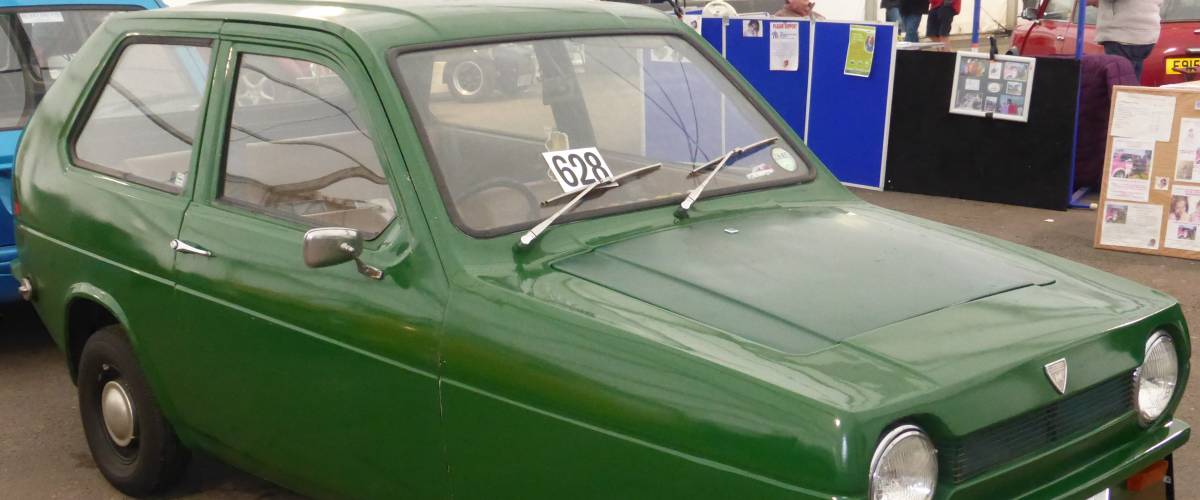
Who would drive something as unbalanced as a three-wheeled car? At least the 750cc engine kept you going slowly, because too much speed with this vehicle would be a bad idea.
Produced in England, it had a fiberglass body that was attached to a box-steel chassis. Very little comfort and even less style could be found on this number.
Surprisingly, it lasted in the British market, on and off, until the early 2000s.
12. 1983 Renault Alliance
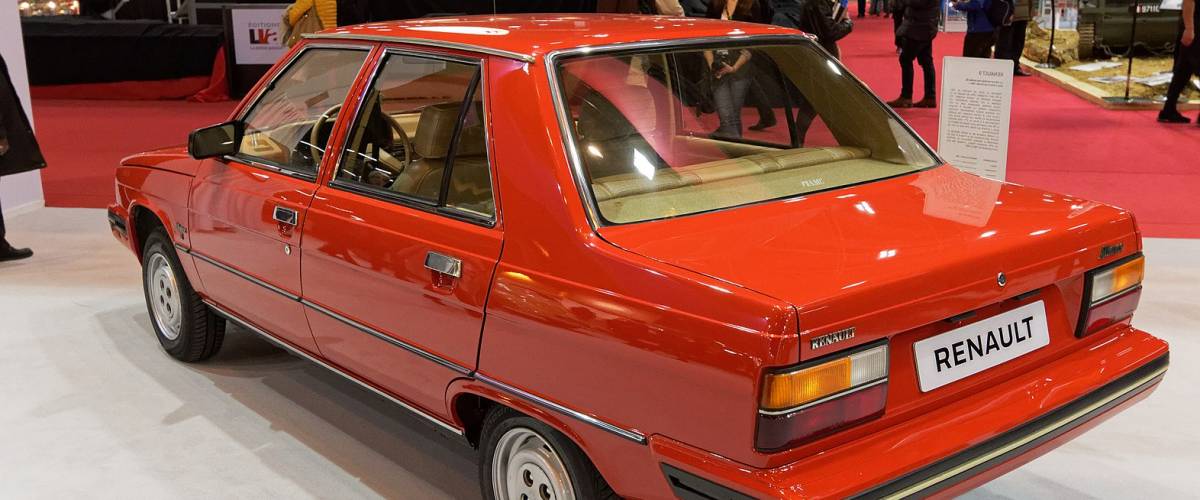
Built by AMC, this was the States-side edition of the 60-horsepower, front-wheel-drive Renault 9 Subcompact.
It lacked comfort, and the design, featuring whitewalls and monochrome paint, left something to be desired.
Production ceased on the Alliance in 1987.
11. 1917 Chevrolet Series D
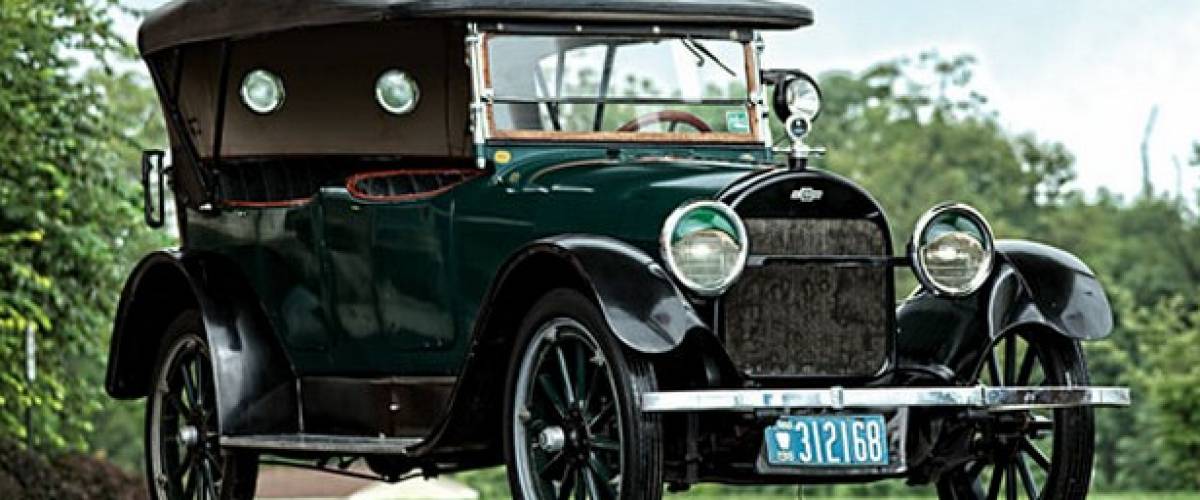
This was Chevrolet’s first V8 offering and, even for the times, it was ridiculously slow, with 36 horsepower. The eight-cylinder engine possessed less power than its four-cylinder compatriot.
Production on this V8 ceased the next year, and it would take until 1956 for Chevy to use V8s again, according to Edmunds.
10. 1979 Oldsmobile Cutlass Supreme Diesel
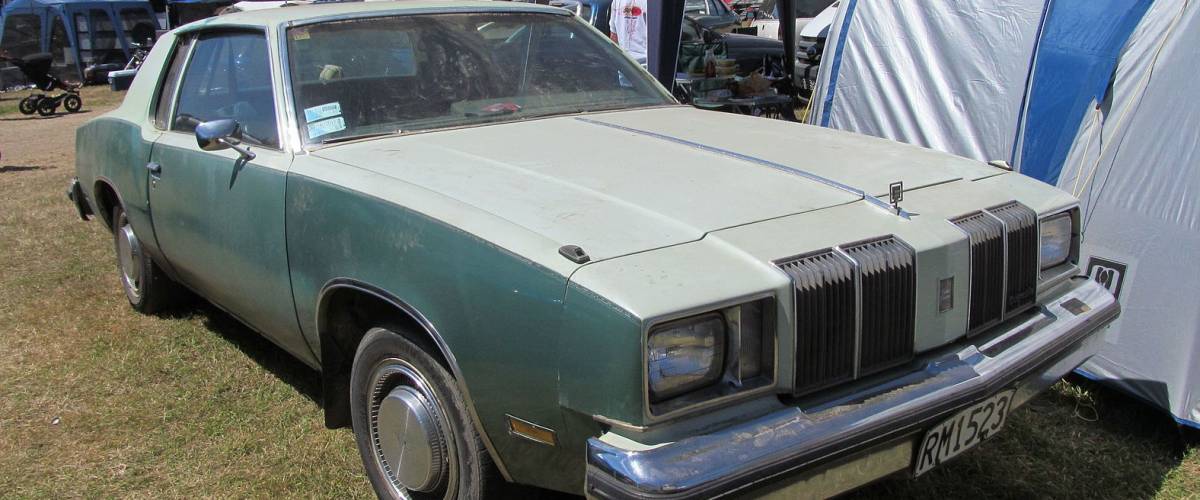
The 5.7-liter diesel V8 engine was bad enough. But the 4.3-liter engine was even worse, reaching 90 horsepower before it shattered into shrapnel.
Fuel economy was a struggle, with some car experts citing this as the beginning of the downfall of the U.S. diesel engine market.
It leaves behind a bit of a legacy, however; its engine blocks are used by race car drivers today.
9. 1957 Trabant
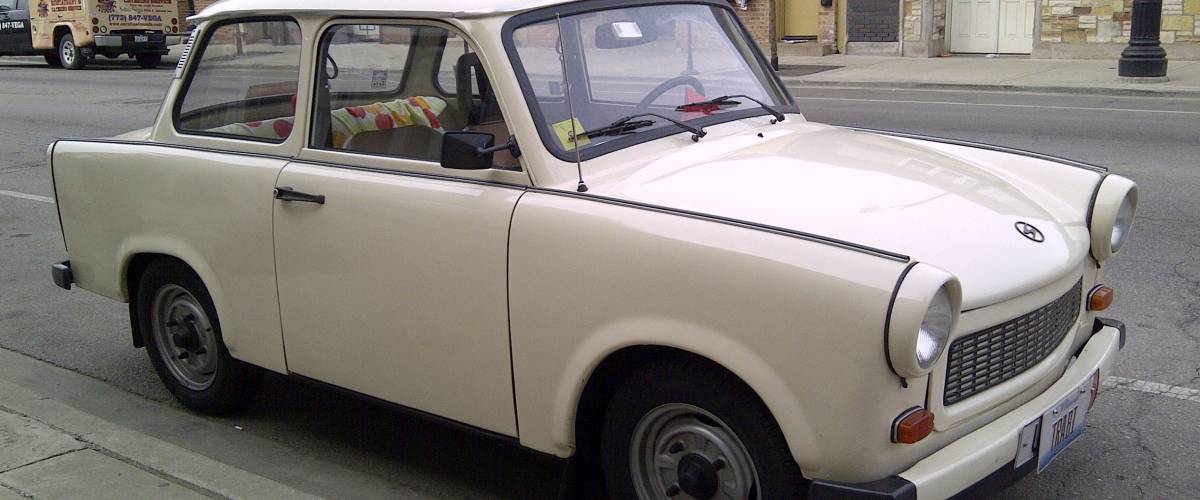
In the former East Germany, where the car was made, the Trabant is sometimes hailed as a cherished relic. But we simply can’t see the appeal.
The two-cylinder, two-stroke vehicle was made by Communists using glue and old clothes, not the sturdiest of materials for a vehicle.
Still, the Trabant survived the destruction of the Berlin Wall, running until the spring of 1991.
8. 1982 Cadillac Cimarron
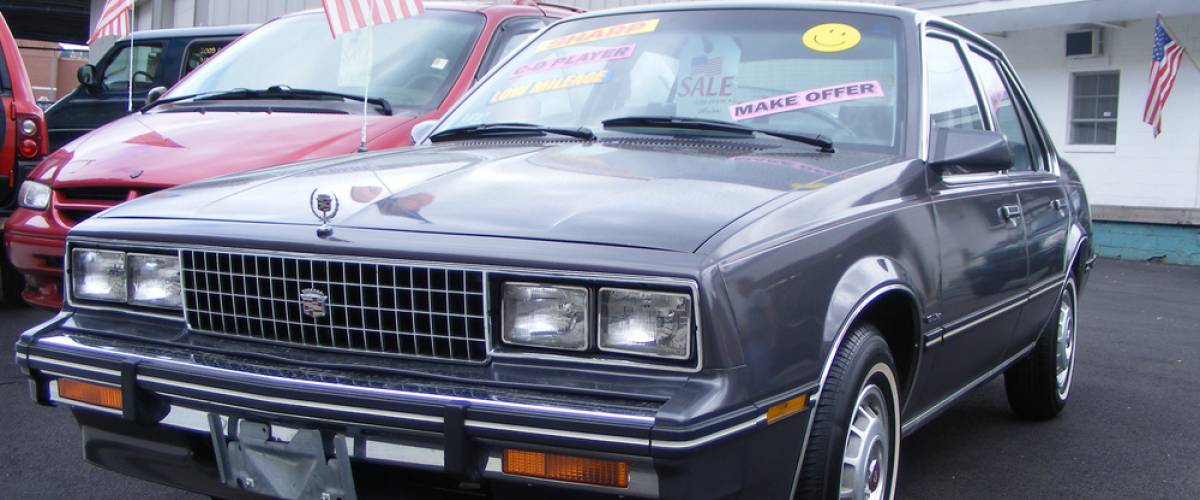
General Motors went the lazy and convenient route here, rebadging its mass-market J-platform sedans and loading them with fancy accessories. The Cimarron also came with a basic four-speed manual transmission.
It cost thousands more than its Chevrolet Cavalier counterpart, and the Cimarron remains one of Cadillac’s biggest black marks.
7. 1958 Edsel Corsair
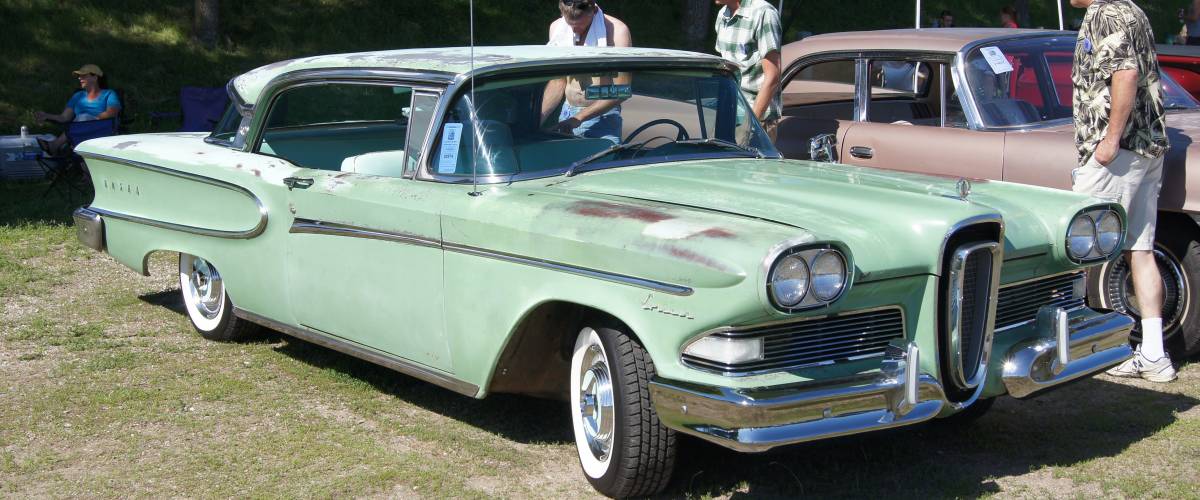
While the vehicle looks respectable, the Edsel Corsair from Ford was a fuel chugger that garnered a lot of bad press for the brand.
The design was laughable, with the vertical grille said to look like a private part. The vehicle also was considered particularly expensive during a time that recession gripped the economy.
Ford’s president at the time, Robert McNamara, pulled the plug on the Edsel a year after its introduction.
6. 2003 Saturn Ion

This sedan/coupe truly belonged on another planet with its absurd steering controls and a noisy engine that consumed lots of fuel and offered mediocre power.
The seats were uncomfortable. The cabin furnishings were lacking. And the overall interior lacked logic. If you kicked it, your foot might get stuck in the plastic body panels.
The model lasted until 2007, but it was a failure with drivers.
5. 1971 Chevrolet Vega
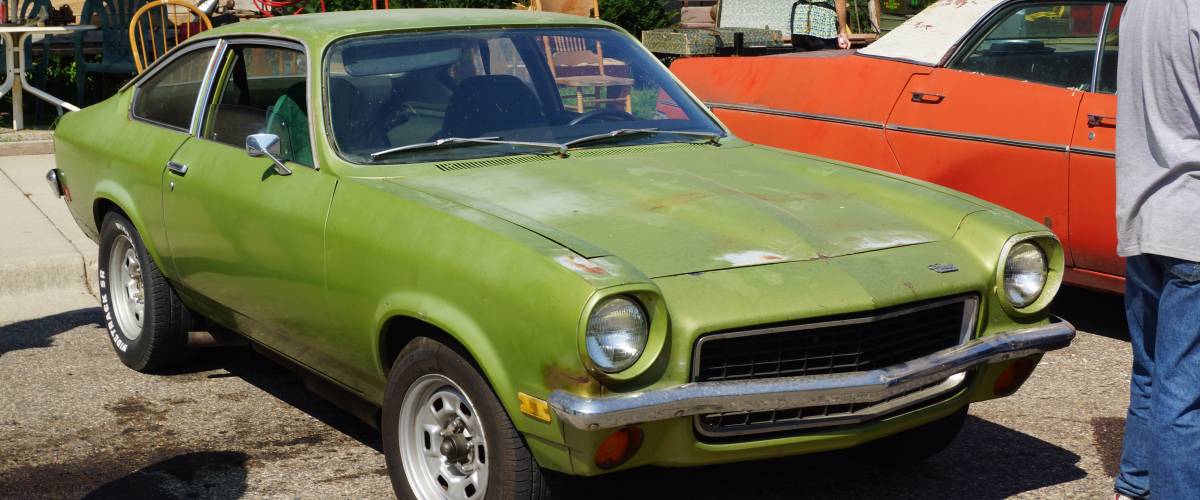
If your engine can’t hold oil properly and melts easily, it doesn’t make sense to keep on the road, and the engine sorely lacked in terms of durability and speed.
Braking stability also proved to be an issue, though this car otherwise had a serviceable design.
It won major awards in 1971 and initially sold well before flaming out.
4. 1987 Yugo
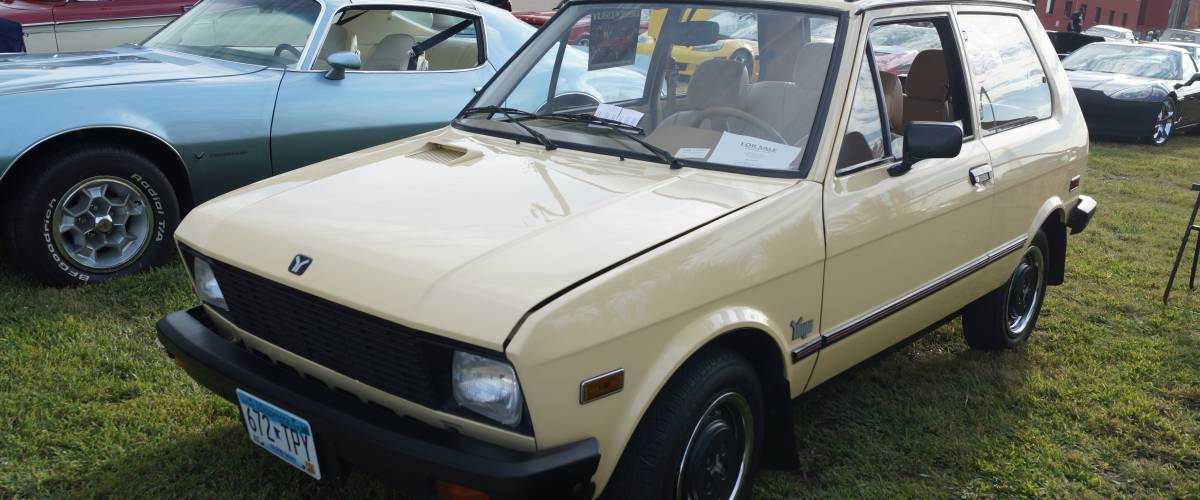
This was a cheaper version of the Fiat 127. It was slow, topping out at 86 mph. Plus, the Yugo kept failing crash tests.
Its reputation was in the pits from the beginning. Despite selling well early on, the media relentlessly mocked the car for its quality issues.
In 1992, the Yugo was done for when Yugo America went bankrupt, and the United Nations issued a trade embargo on the former Yugoslavia.
3. 1955 BMW Isetta
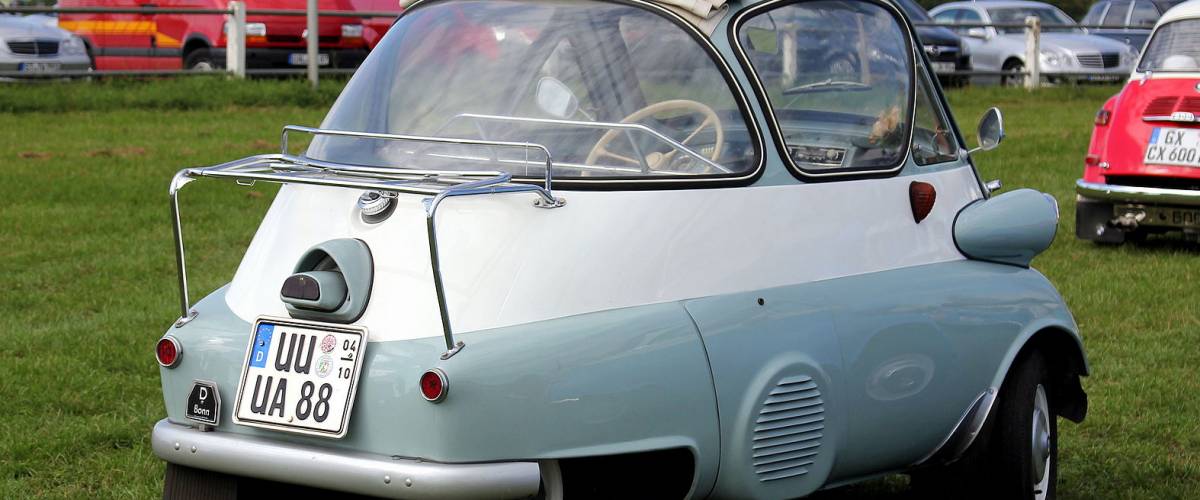
This single-cylinder, 12-horsepower, one-door vehicle didn’t cut it. The door sometimes wouldn’t open, especially if you were parked in a tight space.
It was designed by Iso in Italy but lacked the kind of elegance the country is known for. It was, however, credited as the first mass-production vehicle to achieve 3-liter/100 km fuel consumption.
2. 1974 Ford Mustang II
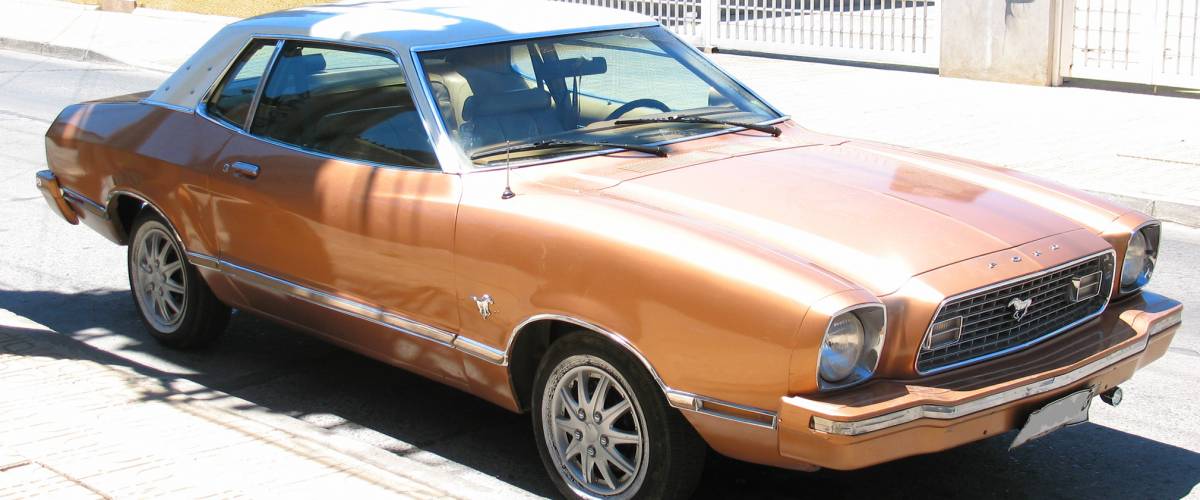
This Ford vehicle was built on the remains of the Pinto. It’s considered the low-point of the Mustang brand; it was even smaller and considerably lighter than the Pinto.
The Mustang II was popular with buyers who were dealing with the fuel crisis that resulted when the Middle East cut off the oil supply. And it was an award-winning vehicle. For its time, it admittedly had worth.
1. 2001 Pontiac Aztek
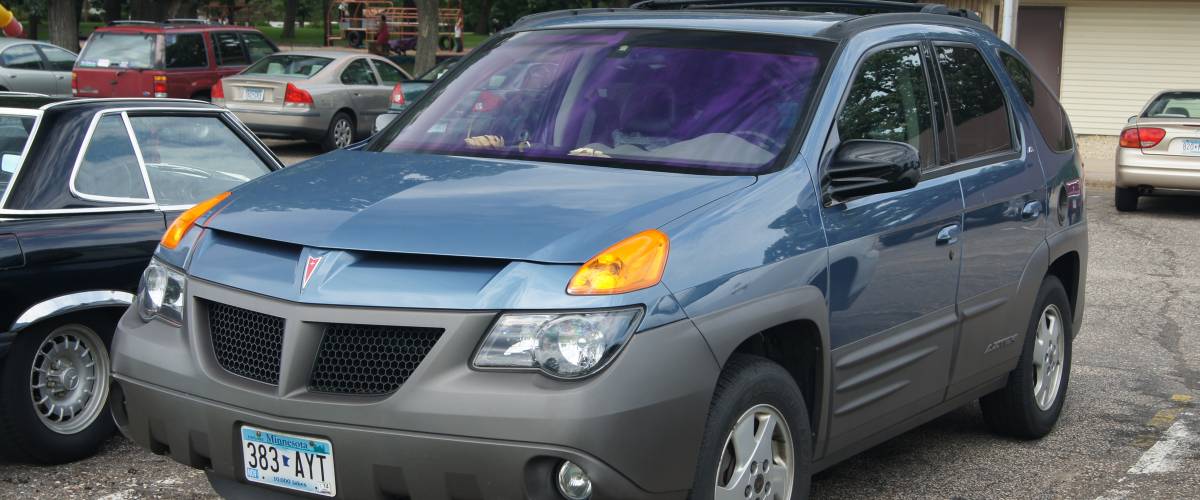
Advertisements
The top spot for worst car of all time goes to a vehicle that essentially destroyed Pontiac’s credibility; the brand was eventually folded in 2010.
Poor handling and confusing specifications made this car unreasonable to use.
Its exterior design had many redeeming qualities, but they weren’t enough to get prospective buyers out in droves. If you wanted to invent a car that would drive you out of business, this was it.



Comments